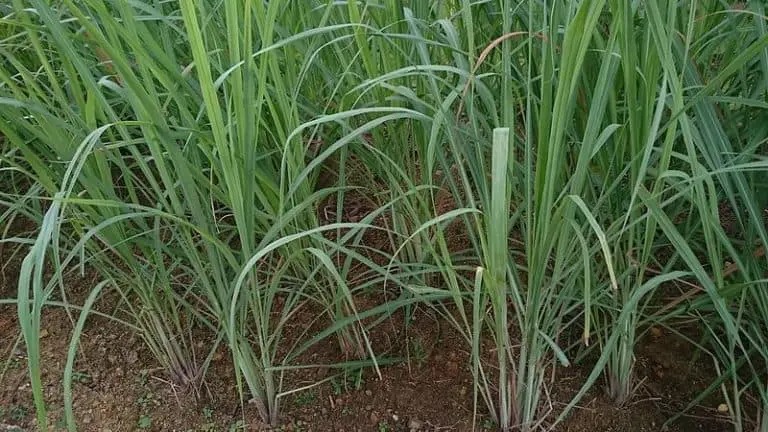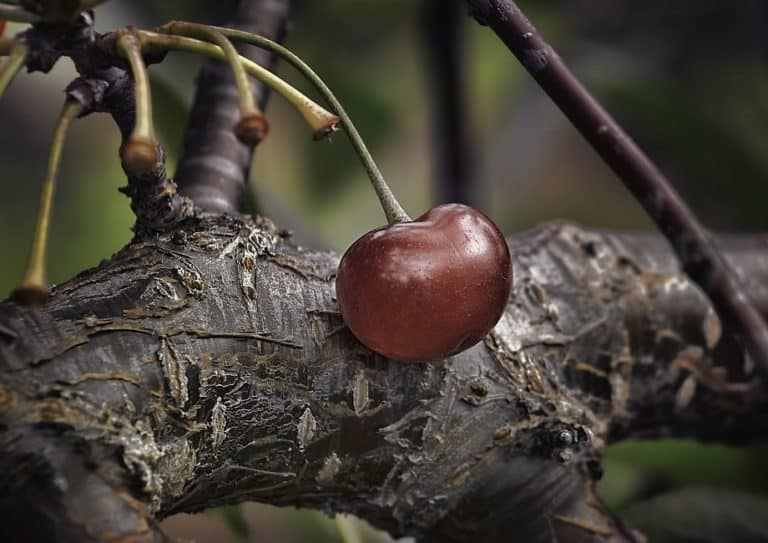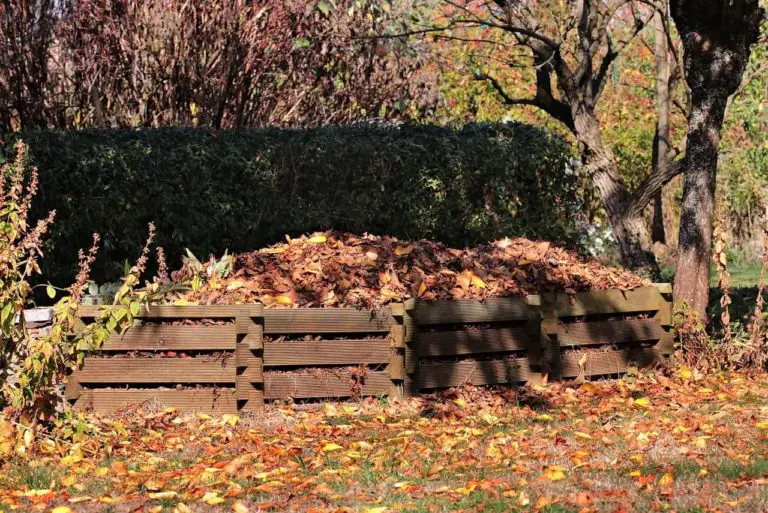How to Grow Portobello Mushrooms
If you’re **excited** by the awesome stuff Portobello mushrooms offer and wish to **learn** how to grow them at home, continue reading for some **cool tips** on this incredible mushroom.
Contents
What are Portobello mushrooms, and why do they matter?

Portobello mushrooms are a strain of edible mushrooms famous for their white, succulent stems. Their brown caps are predominantly thick and flat, a feature that perfectly distinguishes them from other smaller, more small juicer mushrooms.
Their delicious taste aside, Portobello mushrooms are loved for their nutritional value. They are a good source of vitamin B, vitamin B6, and vitamin D. The mushroom is also a reliable source of minerals such as copper, phosphorus, niacin, and selenium.
Now that you’re aware of what Portobello mushrooms are and why they matter, let’s swiftly move on to the next topic:
Where can I find portabella mushroom spores?
If you’re planning to grow Portobello mushrooms, then you have to, first of all, get your hands on the spores. There are two ways you can get them; one is by ordering ready-made spores online. The other option involves rolling up your sleeves and looking for mushrooms to harvest in the woods.
Since the latter option seems more taxing, there are specific steps you’ll have to follow to do it correctly. These particular steps include the following:
Mushroom hunting
You’ve got a much better chance of finding mushrooms in dark, secluded, and moist areas than in dry, lit, and open spaces. You might also want to look out for mushrooms whose crowns are still dome-shaped.
Having a convex or dome-shaped crown is a strong indicator that a mushroom contains several healthy spores. Please stay clear of mushrooms with either a concave or flat top as they’re too dry/ripe to have any spores left.
Prepare the mushroom
Harvesting the spores correctly requires skill. You’ll start by carefully removing the stems from the mushroom. Then gently place a clean piece of paper on the surface before placing the mushroom on top of it. Make sure the gill is facing down so that the spores can collect on its surface.
Cover your mushroom with a glass bowl and leave it undisturbed for the next 24 hours.
Harvest the spores
Remove the glass bowl after 24 hours, followed by the mushroom. You should see spore prints on the clean piece of paper. Fold the paper carefully before emptying the contents (spores) into a sterile, dry pipette.
Are there any advantages in planting portabella mushrooms in spring?
Planting Portobello mushrooms in spring comes with its fair share of advantages. You won’t need to regulate the temperature as spring does that naturally. It also rains a lot during spring, so you don’t have to water your outdoor garden as often.
Since spring is conducive to Portobello mushrooms’ growth, you’re more than likely to find many mushrooms growing outside. This translates to getting your hands on readily available spores, thus ruling out the need to buy spores.
What challenges are you likely to face when planting portabella mushrooms?
Anyone looking to cultivate Portobello mushrooms should be prepared to face a handful of challenges.
Perhaps the most common problem is pests. Fungus gnats are arguably the most notorious pests you ought to keep an eye out for.
The best way to get rid of these stubborn flies is by blocking the windows and doors to your mushroom garden using nets. If you don’t have a budget to buy special nets, you can run old mosquito nets around your mushroom garden.
Another effective way to protect your Portobello mushrooms from fungus gnats is by the use of light traps.
The other two highly notorious pests you need to keep an eye out for are Sciarid flies and Phorid flies. These flies harm mushrooms and humans as well through the transmission of diseases, especially the Phorid fly.
That said, you might want to invest in pesticides to eliminate these stubborn pests before they ruin your mushroom garden.
What are the most suitable weather conditions to grow Portobello mushrooms?
Before being discovered and recorded by French botanist Joseph Piton de Tournefort in 1707, Portobello mushrooms grew freely in the wild. It wasn’t long since its initial discovery that its place of origin was found to be in Italy. That’s how they figured the mushroom thrived during rainy seasons, and quite notably, at the start of spring.
The botanists also found out that spring’s warmth was also a contributing factor to Portobello mushrooms’ growth. For maximum yield, make sure the temperature lies between 60 and 74 degrees Fahrenheit. What if you’d like to grow Portobello mushrooms in an area that’s hotter or colder than the 60-74 degrees Fahrenheit range?
If that’s the case, then you might want to buy a greenhouse kit installed with an automatic temperature regulation feature such as this one from Bootstrap Farmer.
Once you’ve found a way to solve the temperature issue, your next order of business would be soil examination. According to botanists, Portobello mushrooms do exceptionally well in loam (or loamy) soil. Just make sure the loamy soil is rich in compost, and you’re guaranteed to have an outstanding yield. The good news is you can make your compost from readily available waste.
Don’t worry if you don’t know how to make compost because it’s easy. The ingredients you need include grass clippings, yard waste, weeds, branches, vegetable scraps, weeds, dead leaves, eggshells, animal droppings, etc. Once you have most of the ingredients listed above, go over to YouTube and look for DIY Tutorials to make homemade compost.
Make sure the soil is watered at all times. Since mushrooms, a bonafide member of the fungus family, don’t have a back, they tend to lose a lot of water much faster than plants. Therefore, if you’re looking to grow your portabella mushrooms during a dry season, then you should water them daily.
Finally, make sure your Portobello mushrooms are growing in a cold, dark, and moist environment. If you’re growing yours outside, then find some good shade to protect them from direct sunlight.
How to Grow Portobello Mushrooms Indoors
When growing Portobello mushrooms indoors, you need to follow specific steps without skipping a single one of them. These critical steps include the following:
Get a wooden box
The best place to grow Portobello mushrooms at home is in a wooden box. You can either build one from scratch or order one affordably from amazon. Ensure the wooden box is at least 15cm long, 15cm wide, and 20cm deep.
These measurements allow the roots to grow uninhibited, thus giving you the maximum yield. You have the option of purchasing a particular mushroom growing kit. You’ll get everything you need to grow your Portobello mushroom at affordable prices.
Fill it with loamy soil mixed with compost.
Assuming you’ve already prepared your compost, you’ll take a generous amount and mix it with your loamy soil. Add the fine mixture into the wooden box/mushroom growing bin. Ensure the ground levels out at a depth of around 15cm before adding mushroom spores in a depth of about 2.5cm.
Use rubber gloves when mixing compost and soil because the process can get quite messy. Once the spores have been put in place, press them gently down and into the compost. If you can’t handle manure-based compost (for obvious reasons), I’d strongly advise you to try out organic compost products purchased from a convenient shop or farm near you.
Peat moss and watering
After planting the spores, you’ll cover the entire area with a layer of peat moss. Place a newspaper over the peat moss layer shortly afterward and let it sit for about 24 hours. You’ll only remove the newspaper to water the soil and return it immediately.
If done correctly, whiteheads should start popping through the surface of the soul in a few weeks. There’re a few cases where the whiteheads take a lot longer to “germinate.” If that’s the case with your mushrooms, I’ll recommend a little more patience from your side.
Continue watering your garden until the whiteheads show. The whiteheads will need constant nourishment if they’re to develop and become matured Portobello mushrooms fully. So, you’ll continue watering them until they’ve fully grown.
You can either harvest the Portobello mushrooms at home as soon as they mature or continue watering until they’re bigger, your choice.
How to Grow Portobello Mushrooms Outside
If you’re looking to grow Portobello mushrooms outside, you must stick to a specific process. Follow the process listed below as carefully as you can:
Prepare a garden
Since you’re growing your Portobello mushrooms outside, there’ll be no need for a wooden box. You’ll need a small, preferably secluded area to make a garden instead. Make sure it’s about 4ft by 4ft and 8-inches deep. Don’t forget to bring the necessary building and digging materials and tools because you’ll need them.
Add compost into your garden.
After preparing your garden, pour a generous amount of compost over the surface. As usual, wear rubber gloves when mixing the compost with the soil, and don’t stop until all you’re left with is an even mixture.
Covering
Cover the garden’s entire surface with old newspapers before covering it all up with a massive black plastic sheet. The goal here is to prevent sunlight from getting to the surface, thus mimicking a garden’s conditions under a shed. The covering also slows down evaporation leaving the soil wet and humid.
The black paper also increases the temperature underneath it, which, in turn, sterilizes the garden. The latter process eliminates the most harmful microorganisms that would’ve harmed your Portobello mushrooms. Leave the garden undisturbed for at least a fortnight.
Planting
After two weeks, remove the covering and plant your Portobello mushroom spores immediately. You’ll start by sprinkling a generous amount of the spores all over the garden. Then, press the spores gently into the compost before mixing them with the contents.
Be careful not to bury the spores too deep because they’ll need a sufficient oxygen supply to sprout. Also, make sure they aren’t too shallow because the sun rays might interfere with their growth. Once the spores are successfully covered under the compost, continue watering for another two weeks.
Germination
After two weeks, mycelium should already be sprouting on the surface of your garden. If not, then it won’t hurt to wait a little longer. Once the mycelium starts peeking at the surface, that’ll be your cue to apply a generous layer of damp moss all over your garden.
Ensure the damp moss is evenly spread across the surface before covering every inch of it with old newspapers. Water generously for the next ten days and leave the sprouts to grow until they’re fully mature. Once again, be careful not to flood the garden.
Is there a proper way to harvest Portobello mushrooms?
Once your mushrooms have fully matured, the next logical step would be harvesting. Harvesting them a week before reaching full maturity will give you Crimini mushrooms. This begs the question; how do you know it’s the right time to harvest?
A fully mature Portobello mushroom has a cap that’s 4-6cm in diameter. Use a ruler to measure the diameter in case you’re having doubts. If the cap diameter is of the correct length, then it’s time for harvesting.
Harvesting Portobello mushrooms is a relatively straightforward process. Dig them up gently from the garden and clean them under running water. Make sure the water is flowing at low pressure; otherwise, it’ll damage the mushroom.
Dry your Portabella mushrooms using a clean cloth (or a damp piece of paper), then store them in a cool, dry place. You can also put your mushrooms in a clean container in the refrigerator. Keep watering your garden if you want another batch of mycelium to sprout.
Conclusion
Growing Portobello mushrooms at home isn’t as complicated as it may seem. Whether you want to grow yours indoors or outdoors, you’ll have to follow the steps listed above to achieve great results. It’s essential to ensure the temperatures don’t exceed 84 degrees Fahrenheit unless you want to kill your mushroom mycelium.
Again, water your mushrooms in moderation to avoid flooding them. Mushrooms have anaerobic bacteria that need oxygen to grow. Last but not least, keep learning everything you can about growing Portobello mushrooms as it makes the entire process easier.





